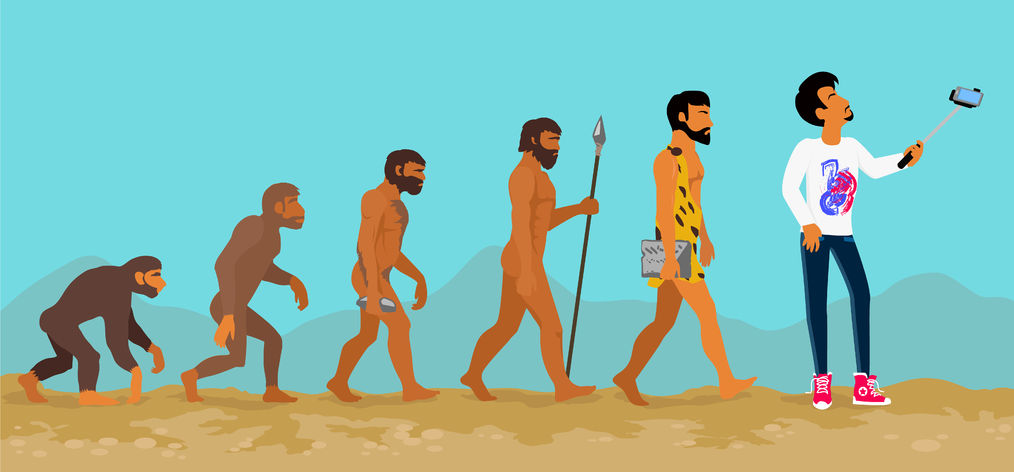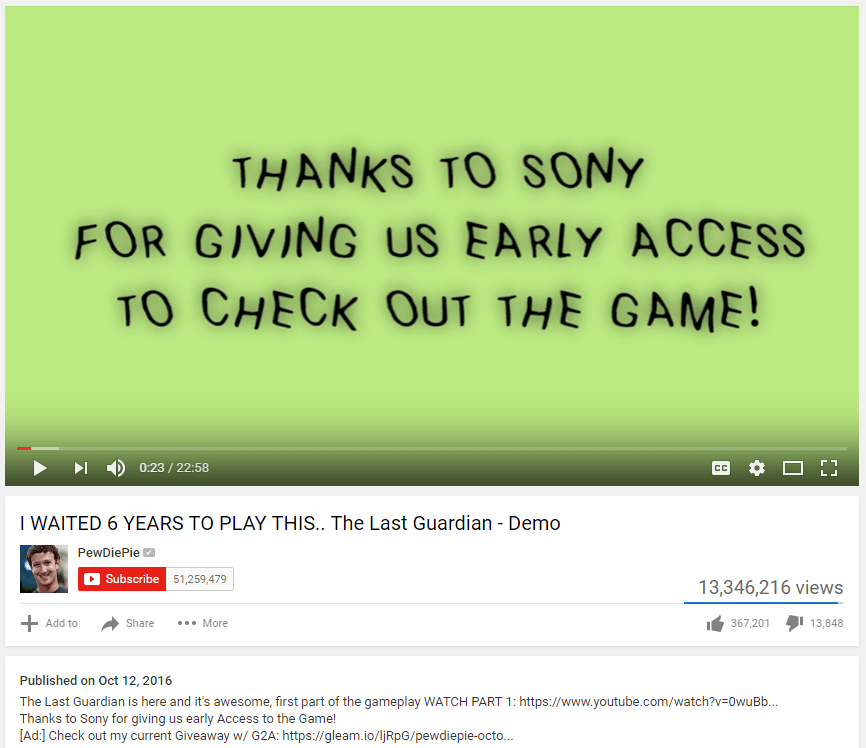
Photo credit: robuart / 123RF Stock Photo
Good news for mobile developers. Statista estimates that in 2017, the United States will have 222.9 million smartphone users – with 2.32 billion around the world.
More smartphones means more advertisements. Currently, mobile ads make up over 50 percent of all digital ad spend in the US, according to the Pew Research Center. Global mobile ad spend is expected to reach US$158.55 billion by 2018. There’s ample room to grow and money to be made.
Here are 5 changes to expect in 2017 as mobile ads evolve to become smarter, faster, and more effective.
1. It’s 2017. Artificial intelligence (AI) isn’t the future – it’s already here
Monetization is a key issue during app development. Mobile ad blockers have become more prevalent and devs need to consider a smarter way to include ads that will ensure that they’re not automatically blocked, and are also meaningful to consumers.
It’s expected that with heavy smartphone usage, people are also becoming more selective about their services and content. In fact, Accenture Interactive says that people are willing to provide personal data in exchange for engaging content, even if it is sponsored. Soon, we will be able to ask an ad what to cook for dinner, and receive a customized response based on our location and available ingredients. Imagine the possibilities.
Unsurprisingly, there’s AI for mobile ads to tailor and target content to the right audience. Adspace can be bought, and optimised ads can be deployed in microseconds. Ads are thus highly targeted – a welcome change from the carpet bombing banners of yore. For example, Baidu recently announced that its developer-facing product DU Ad Platform integrates an AI engine to improve ad prediction capability. The tech, called “Peak Selection Algorithm”, leverages big data to improve ad performance prediction, says Josh Fenn, senior marketing manager at Baidu. This has resulted in revenue increases of 152 percent for ad campaigns run on the platform. “We can expect to see AI integrated into more and more products as a foundational technology in the very near future,” says Josh.
2. Revamping older ad formats still works for mobile
People are fatigued by older ad formats such as banners. Adweek refers to this as “banner blindness”, where the majority of ads are ignored or blocked by software. It’s estimated that software blockers lost publishers US$22 billion in 2016. And even Facebook is fighting Adblock to give advertisements room to shine.
But this might not spell the end of banner ads. Adweek suggests beating “banner blindness” using dynamic creative optimization (DCO) to improve the banner itself, or retarget unconverted visitors. Based on metrics, an ad’s graphics or call-to-action can be changed to provide relevant information to the target audience.
“In the past, we see pixelated GIFs, or badly sized JPGs with text that looks awfully small on smaller devices,” says Derick Ng, CEO and co-founder of Clickr Media. “Now we are seeing better ads due to the technology improvements on both browser and ad serving platforms. Flash was phased out, and everyone is embracing HTML5 ads. We are starting to see ads that look sharper, possibly animated and soon, responsive to the device width.”

Hiding in plain sight. Photo credit: ahkenahmed / 123RF Stock Photo
3. Mobile ads will go native
If traditional ads reach a point where they’re no longer welcome, native ads will be the way to go for many advertisers. Native ads mirror an app’s content and don’t get in the way of the audience’s experience. In fact, clickthrough rates for native ads on smartphones are the highest compared to other devices. This is especially true for ads that are integrated with a platform: for instance, Snapchat’s branded filters are expected to earn US$1 billion in 2017.
“Some of our most effective campaigns have used native ads,” says Josh. “Modern technology gives advertisers a tremendous amount of power. For example, native ads can be made to automatically blend in to an app’s background color and other elements, which goes a long way toward providing a better user experience and boosting CTR,” he says.
4. Streamable videos will be the Goliath of mobile ads
Smartphone owners are streaming videos more often. Young adults spend a larger amount of time fiddling with phones than any other device, according to Ericsson ConsumerLab’s report on consumer trends. Moreover, 20 percent of 16−19-year-olds consume over three hours of YouTube video every day. Top performers on YouTube include music videos by popular celebrities, beauty gurus, and irreverent comedians like nigahiga, JennaMarbles, and Pewdiepie.
This isn’t child’s play. Advertisers have found a way into these videos enjoying millions of views via sponsoring entire videos to product placements- a subset of native ads. Videos also allow a story to be told, allowing brands to get their message out to the public. Pewdiepie, a 27-year-old Swedish video producer with over 50 million subscribers, was given early access to a game by Sony, and included a short disclaimer before the 22-minute video started. The video now stands at over 13 million views.

How many ads can you spot in this picture?
As more people stream videos on mobile, it’s more likely that they’ll be receptive to branded videos. According to Accenture, 54 percent of consumers think a video is useful even if it is sponsored. The parasocial theory holds that people feel emotionally close with personalities, such as television stars or YouTubers. They may view ads as a recommendation from a close friend or someone they aspire to be.
“As mobile networks improve in terms of bandwidth, streaming video ads will become more widespread,” says Josh. “These types of ads are much more compelling than a still image; a lot more can be conveyed through video. Plus, they have entertainment value to users.”

Robots will become our friends. Photo credit: yarruta / 123RF Stock Photo
5. Ads have to be served faster
Even as more people use smartphones, audiences now have attention spans shorter than that of a goldfish. Having approximately 8 seconds of your audience’s time means that maintaining high user interaction with ads is a challenge for the mobile advertising industry, even as audience size grows.
Serving ads rapidly is one way of ensuring higher ad revenue and internet search rankings. It will also provide a better user experience as pages will be less laggy as well. Fast page loading also means that people are more likely to explore or return to the site, resulting in higher views and a positive user experience.
Derick thinks that using HTML5 for ads helps. Now, AMP from Google and Facebook Canvas are likely to reduce the loading time. For those who want a more technical headstart, he advises that a combination of these would help. “Find a better hosting solution where there are dedicated resources and where servers are physically located near where you are.”
“Next, cache sites with content management system, or ecommerce platforms. Some people call them dynamic sites. The page has a longer loading time, as dynamic data, such as page templates, has to be pieced together before the page’s HTML is sent to the user’s browser. Most of these application-based platforms offer a way to make the ‘piecing together’ faster so there is less waiting time before the HTML gets passed on to the user. One example is WordPress Super Cache,” Derick explains.
“Finally, lazy load large assets like videos or images. The content will only be loaded when needed so that the page can appear to load fast.”
Competition in the mobile ad arena is unrelenting. Ad developers and advertisers demand that ad platforms have fast delivery infrastructure, and also the ability to implement smarter ad formats like native and video ads.
If you want 8 seconds of your target audience’s attention, you’ll have to earn it.
This post Mobile ads will evolve a lot in 2017. Here’s how. appeared first on Tech in Asia.
from Tech in Asia https://www.techinasia.com/evolution-mobile-ads
via IFTTT
No comments:
Post a Comment